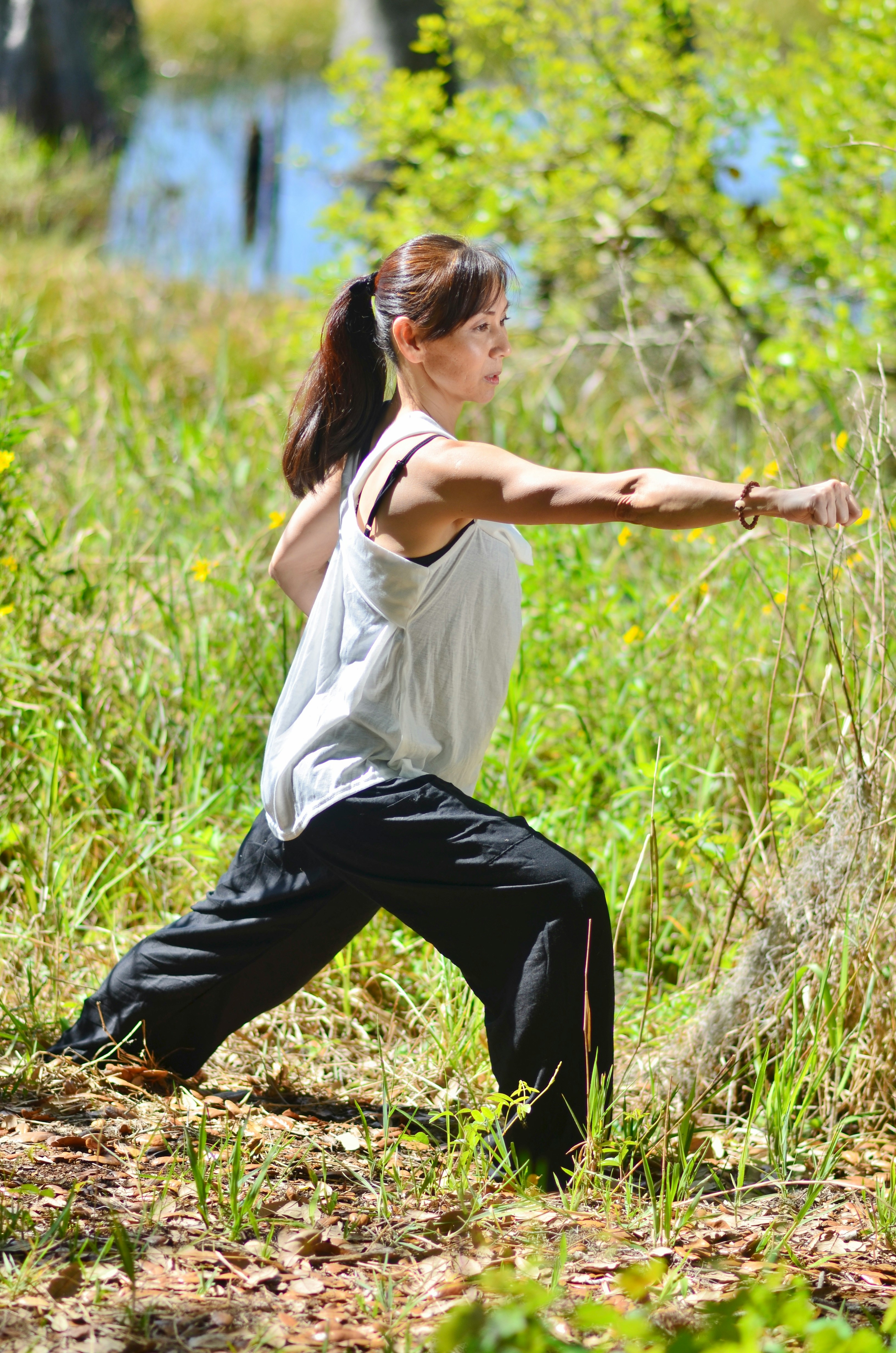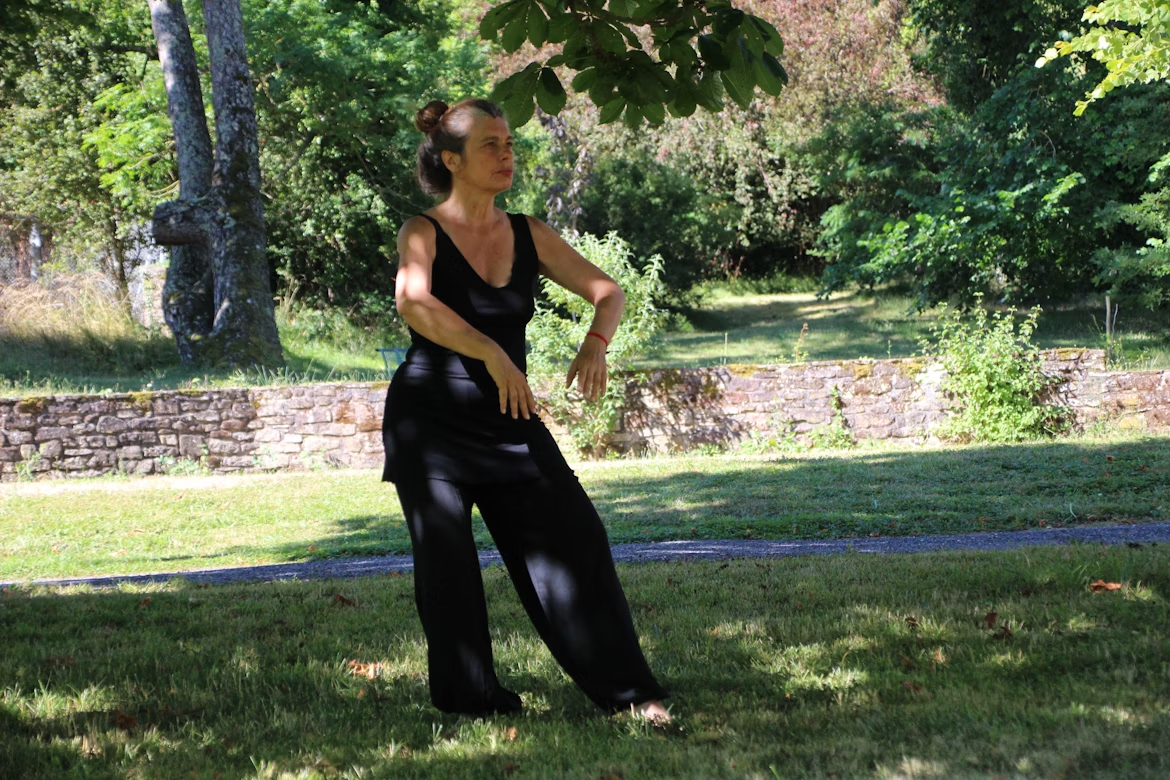
When you think of Tai Chi, you might picture graceful, slow-motion movements in a misty park at sunrise. But Tai Chi is more than just a peaceful scene—it’s a powerful, centuries-old Chinese martial art that promotes mental clarity, physical balance, and deep inner calm. And the best part? You don’t need a studio, a master teacher, or even much space to get started. With some guidance and dedication, you can learn Tai Chi right at home.
Whether you’re looking to relieve stress, improve your flexibility, build balance, or just try something new, this guide will walk you through everything you need to know to begin your Tai Chi journey from the comfort of your own space.
Tai Chi (or Tai Chi Chuan) is a mind-body practice that combines slow, flowing movements with deep breathing and focused intention. Originally developed as a martial art, it’s now widely practiced for its physical and mental health benefits. Often described as “meditation in motion,” Tai Chi integrates movement, breath, and mindfulness in a way that is both gentle and powerful.
There are several styles of Tai Chi—like Yang, Chen, Wu, and Sun—each with different characteristics, but most beginners start with Yang style because of its smooth, accessible movements.
While many people attend in-person classes, learning Tai Chi at home has its own benefits:
As long as you’re willing to be patient and consistent, practicing at home can be just as rewarding as learning in a class.
Before diving in, take a moment to clarify why you want to learn Tai Chi. Is it for:
Knowing your "why" can help keep you motivated. Also, recognize that progress in Tai Chi is subtle and slow by design—it’s not about mastering moves quickly but about deepening your awareness over time.
Tai Chi doesn’t require much room, but your space should allow you to take a few steps forward, back, and side to side. You don’t need a mat or special equipment—just:
If possible, practice in a place with natural light, fresh air, or even greenery. But even a quiet corner in your living room will do.
There’s no one right way to learn Tai Chi, but here are some great at-home app options:
Best For: Beginners looking for a guided, immersive experience rooted in tradition
Platform: iOS and Android
Price: Free with optional in-app purchases
Overview:
Tai Chi Temple offers a well-rounded introduction to Tai Chi, combining instructional videos, guided sessions, and philosophical teachings. The interface is designed to feel calming and zen-like, making it ideal for those seeking not only movement instruction, but also a deeper connection to Tai Chi as a spiritual and energetic practice.
Key Features:
Bonus: It often includes lessons from actual temple-based Tai Chi masters or instructors who trained in China, adding cultural and historical context.

Best For: New learners who want to master the traditional Yang-style form at their own pace
Price: Free with in-app purchases
Overview:
Join Master Yang as he guides you through the complete traditional Yang-style Tai Chi form! Each movement is broken down step by step, with both back and front camera angles and clear English narration. Perfect for absolute beginners, the app lets you start with the introductory lesson and progress methodically through the sequence. A handful of videos are free to watch, and you can unlock the entire series with a one-time purchase.
Unlike the other apps, parts of Yang Tai Chi for Beginners Part 1 can be found on Prime Video.
Key Features:
Bonus: It’s got a progress tracker to mark completed lessons and visualize your journey, and you can download any video you want, which makes this the perfect app for tailoring practice sessions to your schedule.
Best For: Anyone looking for quick, energizing, or de-stressing sessions
Platform: iOS and Android
Price: Free basic routines, paid access to full library
Overview:
7 Minute Chi is a fast, focused app that delivers quick Tai Chi and Qigong sessions designed to unblock energy, relieve stress, and boost circulation. Perfect for people who sit a lot, work long hours, or want to use Tai Chi as a mental reset between tasks.
Key Features:
Bonus: Great for people with a fitness tracker mentality—it gives you that “quick win” feeling while still being grounded in real Tai Chi and Qigong technique.
These can guide you with audio, video, and structured routines.
Resist the urge to jump into complex forms right away. Build a foundation first:
Before learning moves, spend time standing in Wu Ji posture:
This helps you tune into your body and center your awareness.
Start with a few essential movements like:
These movements are repeated throughout many forms, so mastering them early is a good investment.
Also called the "Beijing form," this simplified routine is the most widely practiced around the world and ideal for beginners.
Tai Chi isn’t just physical exercise; it’s a moving meditation. As you learn:
Even if you only remember part of a form, focus on quality over quantity. One movement done with awareness is better than 10 rushed through.
You might also want to work on practicing yoga if you’re struggling with flexibility in particular.

Here’s the truth: you will forget moves. You will feel silly sometimes. You will lose balance or get distracted. And all of that is okay.
Set a gentle, achievable routine—maybe 10–20 minutes a day, three to five times a week. Some days it might just be standing meditation and deep breathing. On other days, you’ll flow through an entire sequence.
Over time, you’ll build muscle memory, body awareness, and a sense of calm that stays with you beyond practice.
Try keeping a Tai Chi journal or using video to record your movements. This helps you:
You can even jot down questions to research later or bring to an online instructor.
Tai Chi and Qigong (pronounced "chee-gong") are close cousins. While Tai Chi is a martial art, Qigong is a broader energy practice that includes breathing, slow movement, and visualization. Many Tai Chi routines incorporate Qigong elements to enhance energy flow (called Qi or Chi).
Practicing both can deepen your understanding of balance, breath, and inner energy.
Try:
Even at home, you’re bound to hit a few roadblocks. Being aware of common pitfalls can help you stay grounded in your practice. Here’s how to keep your practice smooth:
One of the most frequent mistakes is rushing through the movements. Because Tai Chi looks so fluid and effortless, it's easy to assume you should glide quickly from one posture to the next. But in reality, Tai Chi is about moving slowly, with intention and control. Slowing down allows you to connect more deeply with your breath, body alignment, and energy flow. It’s not about how many forms you complete, but how present you are in each movement.
Another common habit is holding your breath, especially when learning something new or focusing hard. This tension can block energy flow and lead to unnecessary stiffness. Instead, aim to breathe slowly, deeply, and naturally. Let your breath guide your movements, creating a calm rhythm that centers both body and mind.
Many people also lock their joints without realizing it, particularly the knees and elbows. In Tai Chi, joints should stay relaxed and slightly bent. This "softness" is essential—it promotes fluidity, prevents strain, and allows your energy (Qi) to circulate freely. If your body feels tense or rigid, check whether you're overextending or locking into postures.
It’s also common to compare yourself to others, especially when you're learning through polished video demonstrations. You might find yourself getting frustrated that your movements don't look as smooth or elegant. But Tai Chi isn’t a performance—it's a personal practice. Progress can be slow, and that’s not only normal but part of the point. Focus on your own sensations and growth, rather than trying to mimic someone else.
Finally, trying to practice too long, too soon is another pitfall. Tai Chi rewards consistency over intensity. You don’t need to practice for an hour a day to see benefits. Even just 10 to 15 minutes of focused practice can be powerful if done regularly. Starting small and building up gradually helps you stay motivated, reduce physical strain, and make Tai Chi a sustainable part of your life.
In short: move slowly, breathe deeply, stay soft, focus inward, and take your time. Tai Chi isn’t something you master quickly—it’s something you grow into, one breath and one step at a time.
Unlike intense cardio or strength workouts, the benefits of Tai Chi often show up gradually and subtly. You may begin to notice:
Tai Chi also has well-documented benefits for people with arthritis, heart disease, fibromyalgia, and balance disorders. Even just 12 weeks of practice has been shown to improve flexibility, strength, and emotional resilience.
Here are a few tips to help Tai Chi stick:
Learning Tai Chi at home might feel a little awkward at first, but so does anything worth doing. The point isn’t to become a master overnight—it’s to show up, move mindfully, and listen to your body and breath.
Over time, your living room can become a sanctuary. Your movements will become smoother, your breath steadier, your thoughts quieter. And one day, you might realize you’re not just practicing Tai Chi—you’re living it.